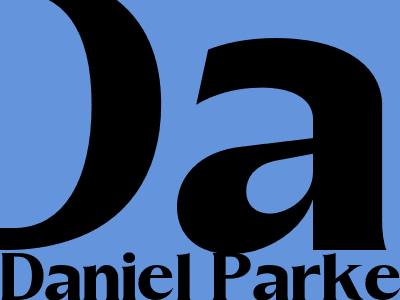Surefire Ways to Craft Compelling SEO Blog Post
Content is King
Crafting compelling SEO blog posts requires creating high-quality, valuable content that resonates with the target audience. By focusing on providing in-depth information and solving readers' pain points, businesses can establish themselves as thought leaders and attract a loyal readership.
Effective SEO blog posts provide actionable insights, practical tips, and comprehensive analysis. They delve deep into specific topics, exploring different angles and perspectives. By offering a well-rounded understanding of the subject matter, businesses can engage readers, encourage them to linger on the page, and reduce bounce rates.
To enhance content quality, it's crucial to use vivid language, captivating storytelling, and real-life examples. These elements help make the content more relatable, memorable, and shareable. Additionally, incorporating humor, wit, and personal anecdotes can add a touch of charm and make the reading experience more enjoyable.
Keyword Optimization
Once you have created high-quality content, the next step is to optimize it for search engines. Keyword research is essential for identifying the search terms that potential customers are using. By incorporating relevant keywords into your blog posts, you increase the chances of your content appearing in search results.
However, it's vital to avoid keyword stuffing, as this can be penalized by search engines. Instead, focus on using keywords naturally and strategically throughout your content. Consider including them in the title, headings, subheadings, and body text. Additionally, use long-tail keywords, which are more specific and less competitive, to target niche audiences.
In addition to keywords, consider using synonyms and variations to broaden your reach. For instance, instead of using "SEO" repeatedly, you could use terms like "search engine optimization" or "organic search." By incorporating a variety of related keywords, you can increase the visibility of your content and attract a wider audience.
Structure and Readability
The structure and readability of your blog posts are crucial for user experience and SEO performance. Divide your content into logical sections using headings, subheadings, and paragraphs. This makes your content easier to scan and digest, improving the overall reading experience.
Use bullet points and lists to present information in a clear and concise manner. These elements help break up text, making it more visually appealing and easier to read. Additionally, use short sentences and paragraphs to enhance readability and reduce cognitive load.
Consider using subheadings to guide readers through the content and provide a quick overview of the main points. Subheadings also serve as anchor points for internal linking, which can help distribute link equity and improve the overall user experience.
Multimedia and Visuals
Incorporating multimedia and visuals into your blog posts can make them more engaging and memorable. Images, videos, infographics, and charts can help illustrate complex concepts, break up the monotony of text, and cater to different learning styles.
When using images, ensure they are optimized for the web to reduce loading times. Use descriptive alt tags to provide context for images and improve accessibility for visually impaired users. Additionally, consider creating custom graphics and infographics to showcase data, statistics, or key takeaways in a visually appealing manner.
Videos can be particularly effective in capturing audience attention and delivering information in a dynamic and engaging way. Create videos that are informative, concise, and visually appealing. Embed videos directly into your blog posts or link to videos hosted on platforms like YouTube or Vimeo.

Comments